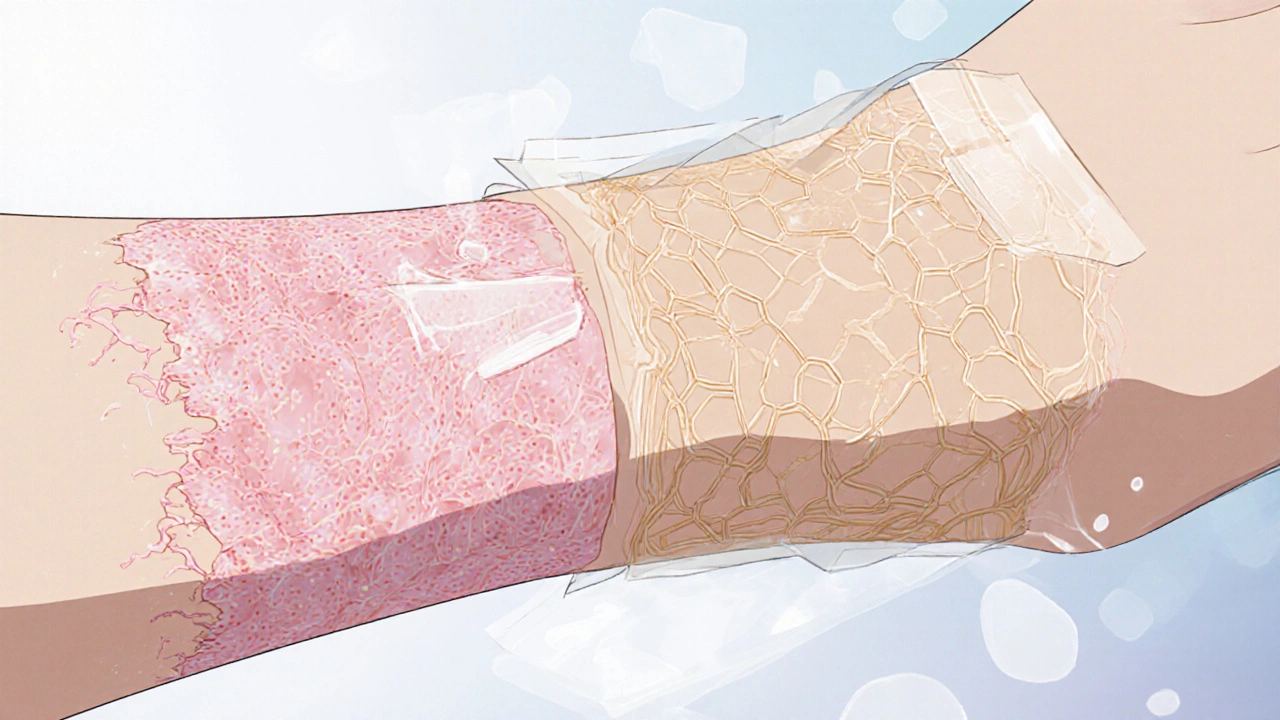Scar Prevention: How to Minimize Scarring After Injury or Surgery
When your skin heals after a cut, burn, or surgery, the result isn’t always smooth—scar prevention, the process of reducing or avoiding visible marks left by healed tissue. Also known as minimizing fibrosis, it’s not just about looks—it affects movement, comfort, and confidence. Scars form when your body produces too much collagen during healing. That’s normal, but you can guide that process to make scars less noticeable—or even prevent them from becoming thick, raised, or discolored.
Silicone gel, a proven, non-invasive treatment used daily after wounds close. Also known as silicone sheeting, it’s been shown in clinical studies to flatten and fade scars when applied consistently for weeks. It works by keeping the area hydrated and reducing tension on the healing skin. Then there’s topical creams, including those with vitamin E, onion extract, or corticosteroids. Some help, others don’t—and a few can even irritate fresh skin. Not all products are created equal. What works for a surgical incision might not help a deep burn scar. Timing matters too: start early, but never on open wounds.
Scar prevention isn’t just about what you put on your skin. Sun exposure turns scars darker and more obvious. That’s why covering healed areas with sunscreen or clothing is just as important as applying gel. Pressure therapy—like wearing special compression garments after burns or major surgery—also helps by reducing swelling and collagen buildup. And if you’re healing from a cut, keeping it clean and avoiding picking at scabs makes a huge difference. Your body doesn’t need extra stress to heal right.
Some people think scars fade on their own with time. They do—but slowly, and not always well. That’s why active prevention beats waiting. The posts below cover real-world advice from people who’ve been through it: how to choose between silicone sheets and gels, why some creams fail, what to do after a burn, and how to handle scars after surgery without spending a fortune. You’ll find clear comparisons, no-fluff tips, and what actually works based on experience—not marketing.
Physical Therapy for Better Scar Healing & Prevention
Explore how physical therapy techniques like myofascial release, scar massage, and compression can speed scar healing, reduce visibility, and prevent restrictive scar tissue.

